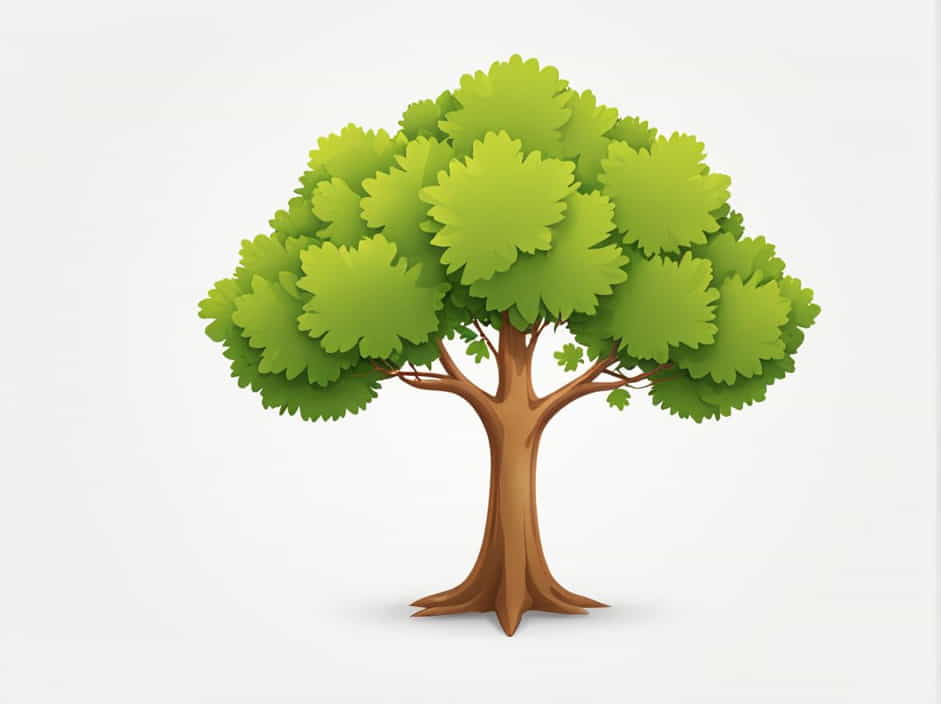The sycamore tree is a large and majestic tree commonly found in temperate regions. Known for its distinctive bark, broad leaves, and impressive height, the sycamore stands out in forests, parks, and urban areas. Its unique features make it easy to recognize, even from a distance.
we will explore the physical characteristics of the sycamore tree, including its bark, leaves, flowers, and overall structure.
General Appearance of a Sycamore Tree
Sycamore trees are among the largest deciduous trees in the world. They can grow to heights of 3040 meters (100130 feet) with a wide, spreading canopy. These trees are known for their massive trunks and distinctive peeling bark, which reveal patches of white, brown, and green underneath.
The sycamore trees broad, leafy canopy provides ample shade, making it a popular choice in parks and residential areas. Its sturdy branches can extend far and wide, creating a dramatic and striking silhouette.
The Bark of a Sycamore Tree
A Unique Peeling Pattern
One of the most recognizable features of a sycamore tree is its bark. Unlike most trees that have rough, continuously growing bark, the sycamores bark peels away in irregular patches, revealing different shades underneath.
Color and Texture
- The outer bark is usually gray or brown.
- As it peels, it exposes white, cream, or greenish patches underneath.
- The texture can feel rough on the older parts but becomes smoother where the bark has recently peeled.
This peeling process happens because the sycamore trees bark does not stretch as the tree grows. Instead, it sheds the old bark, making the tree look mottled with different colors.
Sycamore Tree Leaves
Shape and Size
The leaves of a sycamore tree are large and broad, resembling those of a maple tree. Each leaf is typically 1020 cm (48 inches) wide and has three to five pointed lobes.
Color and Texture
- In spring and summer, the leaves are vibrant green with a slightly rough texture.
- In autumn, they turn yellow or brown before falling off as the tree enters dormancy.
The large size of the leaves makes sycamore trees excellent shade providers, creating a cool environment underneath their canopy.
Flowers and Seed Balls of the Sycamore Tree
Flowers: Small and Inconspicuous
Sycamore trees produce small flowers that are not particularly showy. They appear in spring and are usually greenish-yellow. These flowers grow in clusters and later develop into round seed balls.
Sycamore Seed Balls
One of the most interesting features of the sycamore tree is its seed balls, also known as sycamore fruits. These are:
- Round and brown, about 24 cm (11.5 inches) in diameter.
- Covered in tiny, fuzzy hairs that help them disperse in the wind.
- Often seen hanging from branches in late summer and fall.
When winter arrives, the seed balls break apart, releasing seeds that are carried away by the wind or animals.
The Roots and Trunk of a Sycamore Tree
Massive and Sturdy Trunk
The trunk of a mature sycamore tree is thick and strong, often reaching several meters in diameter. Some older sycamores have hollow trunks, making them home to birds, squirrels, and other wildlife.
Extensive Root System
Sycamore trees have strong, spreading roots that:
- Help them stay stable even in harsh weather.
- Allow them to absorb large amounts of water, which is why they are often found near rivers and streams.
- Sometimes cause damage to sidewalks and foundations if planted too close to buildings.
Growth Rate and Lifespan
Sycamore trees are fast-growing, adding about 60 cm (2 feet) per year under the right conditions. They can live for hundreds of years, with some specimens exceeding 500 years old.
Because of their long lifespan and ability to grow quickly, sycamore trees are often planted for shade, erosion control, and aesthetic value.
Where Can You Find Sycamore Trees?
Sycamore trees thrive in temperate climates with plenty of moisture. They are commonly found:
- In forests and riverbanks where water is abundant.
- Along streets and parks due to their shade-providing canopy.
- In wetlands and floodplains, where their strong roots help prevent soil erosion.
In North America, the American sycamore (Platanus occidentalis) is widely distributed, especially in the eastern and central regions.
Differences Between Sycamores and Similar Trees
Many people confuse sycamore trees with maples or London plane trees. However, sycamores can be distinguished by:
- Their peeling bark (maples have smooth or rough bark that does not peel).
- Their round seed balls (maples have winged seeds).
- Their larger leaves with deeper lobes.
Knowing these differences can help in correctly identifying sycamore trees in the wild or in urban areas.
Uses of Sycamore Trees
Sycamore trees are valued for several reasons, including:
1. Providing Shade
With their wide canopy, sycamores are excellent for cooling down parks, streets, and backyards.
2. Preventing Erosion
Their deep and widespread roots help stabilize soil near rivers and hillsides.
3. Supporting Wildlife
The hollow trunks of older sycamores provide shelter for birds, bats, and small mammals.
4. Wood Production
Sycamore wood is used for:
- Furniture and flooring due to its fine grain.
- Musical instruments because of its durability and sound quality.
The sycamore tree is a majestic and easily recognizable tree, known for its peeling bark, broad leaves, and round seed balls. Its massive trunk and extensive roots make it a strong and long-lasting species, while its dense canopy provides much-needed shade.
Whether in a forest, park, or city, sycamore trees stand out as iconic symbols of strength and resilience. Their unique appearance and ecological benefits make them an important part of the natural landscape.
